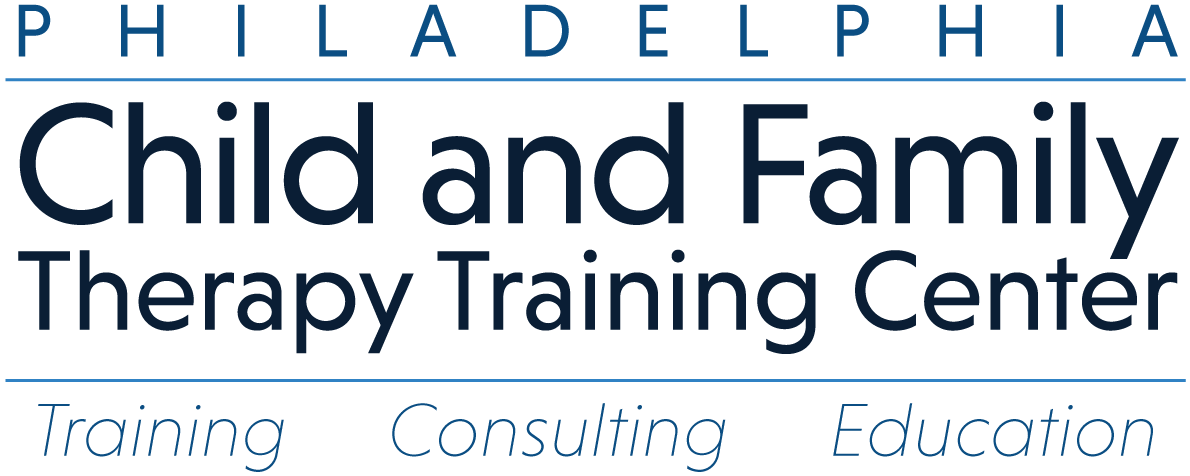
In systemic family therapy, crisis situations can arise suddenly, leaving therapists scrambling to respond. Whether it’s a sudden escalation of family conflict, suicidal ideation, or child welfare concerns, the ability to manage crises effectively is critical. Therapists who feel unequipped to handle these high-stakes moments may experience anxiety, frustration, and even self-doubt about their ability to intervene effectively. However, one of the most underutilized strategies for crisis prevention is actually greater client engagement.
When families are deeply engaged in the therapy process, they develop skills and resilience that reduce the likelihood of crises occurring in the first place. Engagement goes beyond just showing up for sessions—it means fostering a collaborative therapeutic alliance where clients take an active role in setting goals, identifying obstacles, and practicing new skills outside of therapy. When clients feel truly heard and understood, they are more likely to communicate struggles early, follow through with interventions, and build internal and external support systems.
How Can Therapists Enhance Client Engagement for Crisis Prevention?
- Empower Families Through Enactments – Instead of only discussing issues, enactments allow families to practice real-time interactions in session. This helps them develop new patterns of responding before a crisis occurs.
- Use Intentional Reframing – Helping clients see their struggles through a systemic lens rather than an individual failure can reduce shame and increase motivation for change.
- Develop a Crisis-Response Plan Together – Rather than waiting for an emergency, therapists can co-create structured safety plans with clients that include support systems, de-escalation strategies, and clear steps to follow in a crisis.
- Encourage Connection to Community Resources – Engaging clients with their ecosystem including extended kin, faith communities, school supports, and social services can create a more resilient safety net that prevents them from feeling isolated during difficult times.
From Crisis Response to Crisis Prevention
Too often, therapists feel overwhelmed when faced with a crisis, fearing that their interventions will not be enough. But by shifting the focus from reactive crisis management to proactive client engagement, systemic family therapists can significantly reduce emergency situations, strengthen therapeutic relationships, and improve overall treatment effectiveness.
At PCFTTC, we believe in equipping therapists with competency-based tools to create safe, engaged, and empowered families. By focusing on engagement early on, we don’t just respond to crises—we prevent them from happening in the first place.



Leave a Reply